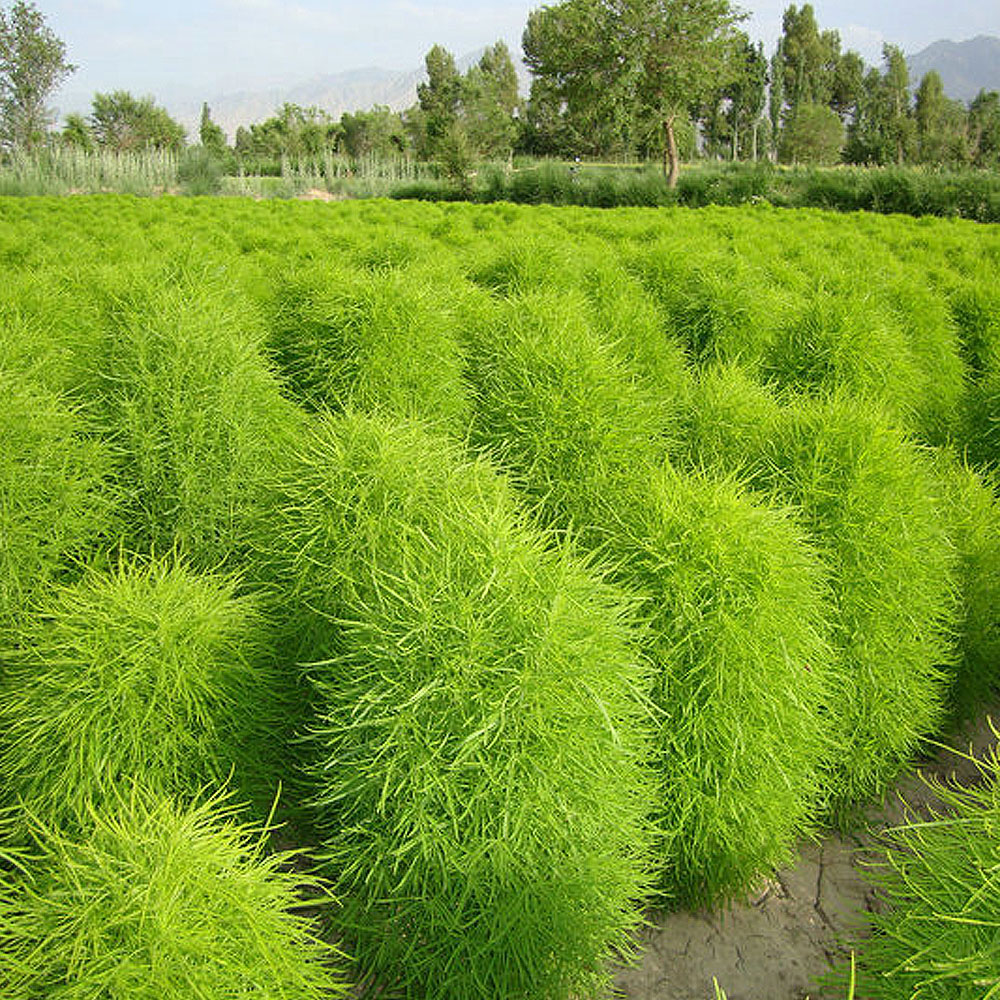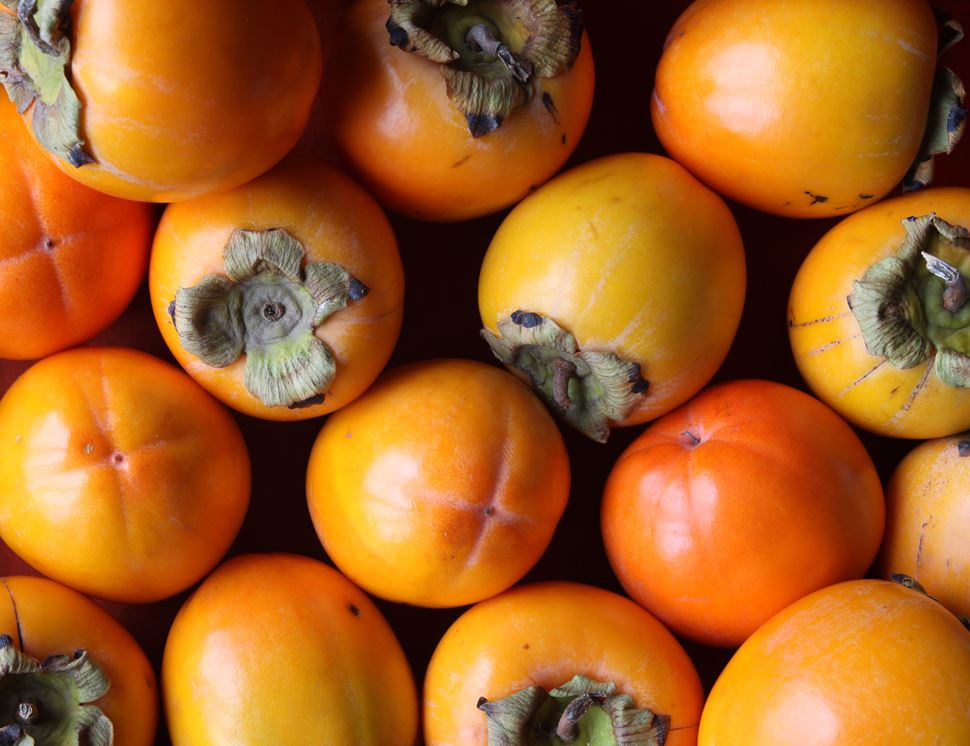

This persimmon is a global fruit that originated in China and Japan. It is Japan’s national fruit and was first introduced to Japan over 1,000 years ago. Although it is not a Japanese native, it was introduced to the United States by Chinese immigrants. The dominant variety in America is Diospyros Kak or Japanese persimmon. They are very different from the persimmons that we enjoy in the autumn today. Our native Diospyros Virginiana, or American persimmon, is not as important. Persimmon Seeds were used to predict the weather. Spanish explorer Hernando De Soto had bread from dried persimmons, while John Bradbury, an English naturalist, enjoyed similar persimmon bread from the Osage tribe.Ĭivil War Confederate soldiers consumed a mixture of boiled Persimmon Seeds as a substitute for coffee. Thomas Hariot, a scientist on the second (1585) Roanoke expedition, described the persimmon as “red like cherries and very sweet.” Captain John Smith, an early 1600s Jamestown colony captain, said that persimmons are as good as apricots when they’re ripe.īut that if it’s not ripe, it can cause a man to suffer a lot.
#PERSIMMON ORIGIN HOW TO#
They were amazed to learn how to eat persimmons directly from Native Americans.Īlgonquin, Cree, and Delaware Native Americans enjoyed the delicious fruits and dried persimmons to make winter meals. However, early settlers and explorers of North America considered them unpalatable. Millions upon millions of wild persimmon trees dotted the American landscape east from the Mississippi and were filled with tiny orange fruits that shined through the snowfalls. There are many varieties of persimmons around the world, but only three are known in America today.ĭiospyros Virginiana, also known as American persimmon and significant for its historical value, is the hardiest species on Earth. You might have had the pleasure of tasting an unripe Persimmon, one Redland’s favorite fall fruit. They will be utilized in backcross-breeding (PCNA x non-PCNA) x PCNA, which is underway at NIFTS to avoid inbreeding.Ever tried a fruit that looked like bright orange pointed tomatoes but made your lips pucker from its bitter taste? However, inbreeding depression is a serious obstacle in crossing among PCNA genotypes.ĭNA markers to distinguish PCNA genotypes using leaf DNA of young seedlings have been developed. Three early ripening PCNA cultivars (‘Soshu,’ ‘Kanshu,’ and ‘Kishu’), with no fruit cracking at the calyx end, were released during 2000-2003. ‘Izu’ (early ripening) was released in 1970, and ‘Shinshu’ (early to mid-ripening), ‘Yoho’ (mid-ripening), ‘Taishu’ (mid-ripening), and ‘Yubeni’ (late ripening) were released in the 1990s in the course of the breeding of crosses among PCNA genotypes. The main commercial cultivars of PCNA were late ripening, and one of the breeding objectives at NIFTS has been to develop early ripening PCNA cultivars. This narrow diversity seems to be attributed to their recent origin and genetic recessiveness. In addition, they have specific morphological features.
#PERSIMMON ORIGIN CRACK#
Most of them are late ripening, and the fruits tend to crack at the calyx and/or stylar ends. Local PCNA cultivars of Japanese origin show little phenotypic variation. In Japan, two types of non-astringent cultivars have been developed, including pollination constant non-astringent (PCNA) cultivars important in commercial production.Ī few PCNA cultivars of Chinese origin have recently become known, and the genetic behavior of their PCNA properties was different from that of PCNA genotypes of Japanese origin. The variations in fruit maturing time and fruit weight in astringent cultivars of Japanese origin conserved at National Institute of Fruit Tree Science (NIFTS), Akitsu, Japan, were nearly the same as those in astringent cultivars of Chinese origin conserved at National Persimmon Germplasm Repository, Meixian, China. Oriental persimmon was originated in Eastern Asia, and many indigenous cultivars have been developed in China, Japan, and Korea.


ISHS Acta Horticulturae 685: III International Symposium on Persimmon PERSIMMON GENETIC RESOURCES AND BREEDING IN JAPANĭiospyros kaki, astringent, fruit cracking, inheritance, non-astringent, ripening time PERSIMMON GENETIC RESOURCES AND BREEDING IN JAPAN


 0 kommentar(er)
0 kommentar(er)
